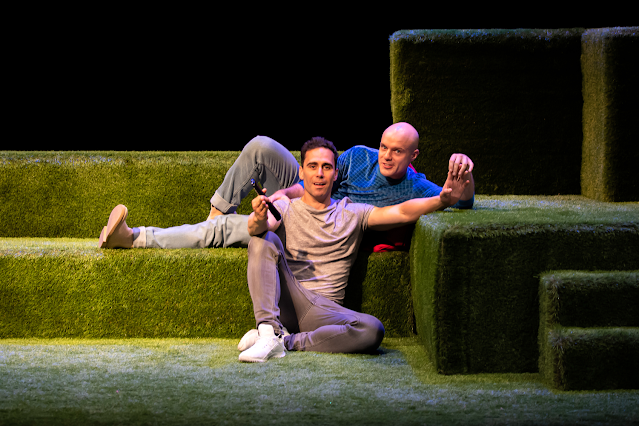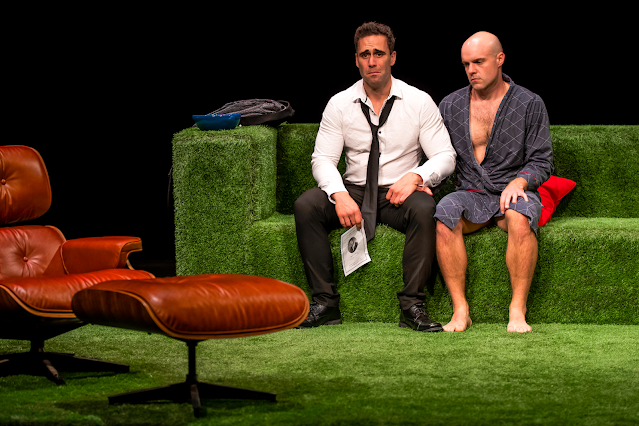Pygmalion by George Bernard Shaw.
Directed and designed by Rachel Hogan. Belconnen Community Theatre. May 27-June 7 2022. Bookings: www.tempotheatre.org.au.
Reviewed by Peter Wilkins
Tempo Theatre is to be congratulated on an excellent amateur theatre revival of George Bernard Shaw’s Pygmalion. Many may know the plot of Shaw’s didactic drama about class and language from the popular Lerner and Loewe film, My Fair Lady. In fact, Lerner and Loewe have done the original play a disservice by presenting it as a romantic comedy, rather than as a socialist dissertation on the English class system as defined by language. As Shaw writes in his preface, “It is impossible for an Englishman to open his mouth without making another Englishman hate or despise him.” The success of Tempo’s Pygmalion under the direction of Rachel Hogan is due to the fact that Hogan has remained true to Shaw’s intent to elevate the status of the English tongue to the superior status of Shakespeare and Milton as Henry Higgins, professor of phonetics declaims. Class and status clash in the opening scene. The scene is set on a cold wet night in front of the Opera House at Covent Garden. Before the curtain rises two suffragettes (Philippa Russell Brown and Kathyrn Holopainen) are seen parading their placards before the audience. A lady of the night (Kah-mun Wong) offers a red rose to a member of the audience. Opera goers Mrs. Eynsford-Hill (Crystal Mahon) with her daughter Clara (Ellis French) and son Freddy (Lucas Edmunds) search for a cab to take them home. In the corner Eliza Dolittle sits with her flowers. At the back of the stage sits Henry Higgins (Adam Salter),noting the variety of accents that are uttered from the characters’ mouths and instantly defining their place in society. Higgins places each person according to their speech from the East End to Epsom. He meets kindred spirit and Indian Sanskrit authority Kershaw Pickering (Thomas Cullen), Although played out on a somewhat cramped setting, director and cast effectively set the scene in its Edwardian period and with characters that are instantly identifiable and real.
In Scene 2 Shaw inverts the myth of Pygmalion and Galatea. Pygmalion’s sculpture was brought to life by Aphrodite. Professor Higgins accepts the bet from Pickering in front of Eliza and his critical housekeeper Mrs. Pearce (perfectly played by Joan White) and vows to turn a living flower-girl within six months into a duchess, a creation sculpted in his image of a perfectly spoken and elite member of society. The scene is now set for a battle of wills, a clash of character and the universal struggle for democratic socialism and equality.
Having set the scene efficiently and effectively on the small Belconnen Community Theatre stage, the success of Tempo’s production rests with the truthful delivery of Shaw’s splendidly authentic text and the performances. Hogan and her cast have achieved an excellent and straightforward presentation of Shaw’s entertaining, absorbing and thought-provoking social comedy. On a limited budget and during a fraught pandemic, Tempo has staged a revival that is a pleasure to witness.
 |
| Meaghan Stewart Eliza Dolittle. Adam Salter Henry Higgins |



%20multi-screen%20video.jpg)


%20multi-screen%20video.jpg)



















